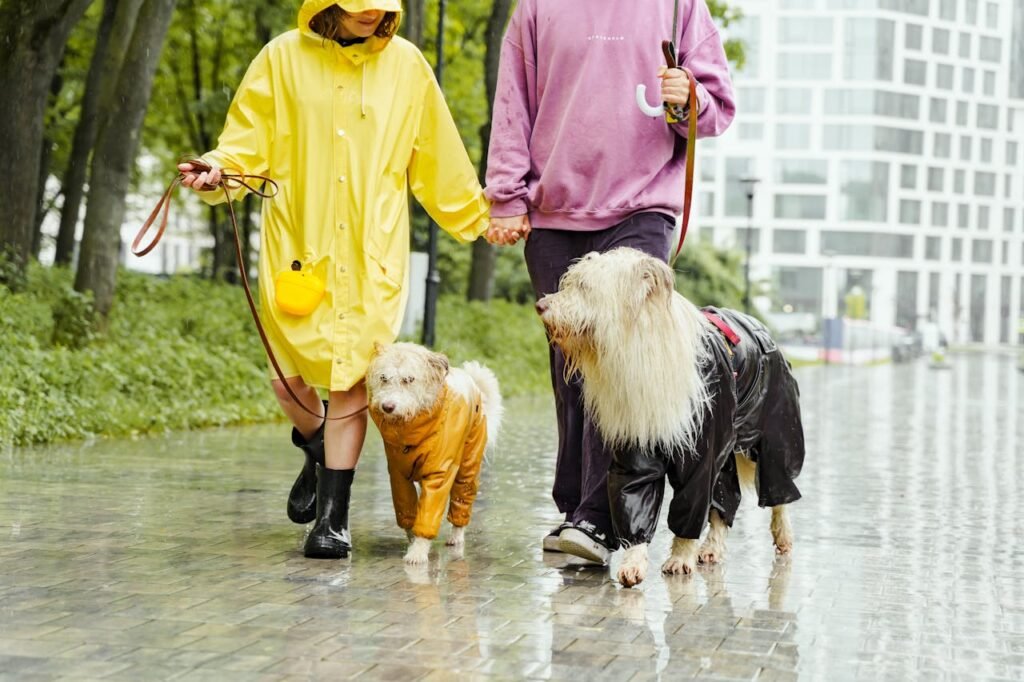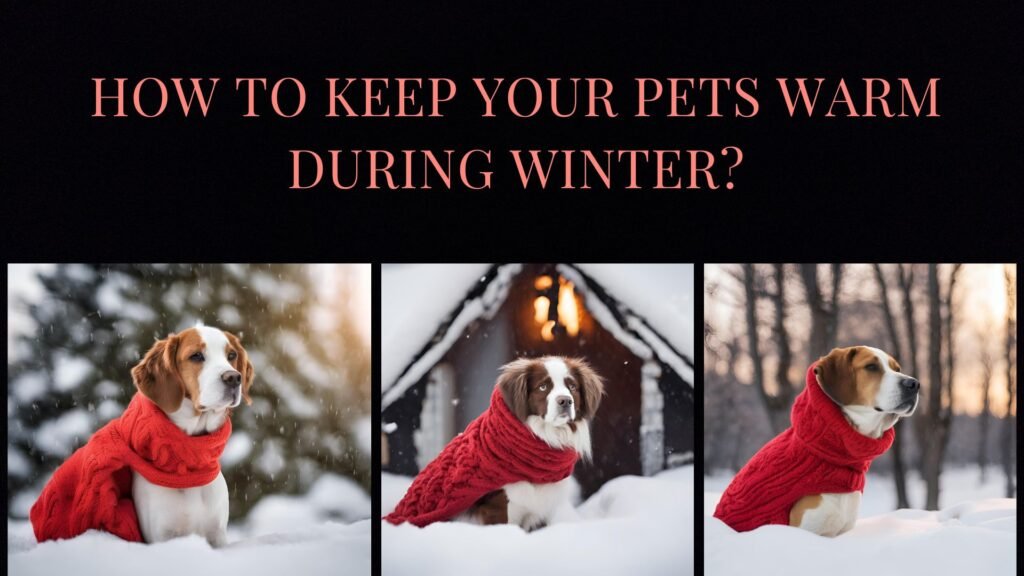List of Diseases in Dogs: In Depth Analysis
List of Diseases in Dogs – Learn about common dog diseases, their symptoms, causes, and prevention tips to keep your furry friend healthy and happy. List of Diseases in Dogs: In Depth Analysis for Dog Owners Preventing diseases in dogs is very important. It helps keep them healthy and happy. Our furry friends can face several health problems. Some of these problems include the very contagious canine parvovirus and common issues like obesity and diabetes. It is thought that obese dogs may have a greater risk of developing diabetes later in life. We can help our dogs stay healthy by monitoring their weight and ensuring they get enough exercise. We can also do this by getting them the right vaccinations and feeding them a good diet. Providing good care is key too. Let’s explore list of diseases in dogs. Strategies for Preventing Canine Diseases Preventing common canine diseases involves several steps. It’s important to not just handle issues as they occur. You should also work on ways to prevent them. Doing this can help your dog live a longer and healthier life. Key steps are getting regular vaccinations. A balanced diet is key too. Make sure your dog gets exercise to control weight and practice good dental care. It is also important to keep a clean home. Socializing your dog and visiting the vet regularly can help prevent diseases. 1. Regular Vaccinations and Health Check-ups Vaccinations are vital for keeping your dog safe from serious and contagious diseases. All dogs need core vaccines. These vaccines protect against parvovirus, distemper, adenovirus, and rabies. There are also vaccines that are not required but can be good for your dog. These include shots for kennel cough, leptospirosis, and Lyme disease. They also cover cancers like lymphoma and mast cell tumors. A mast cell tumor can feel like a lump or bump on your dog’s skin. Vaccines depend on your dog’s lifestyle and risk factors. This is especially important for breeds like boxers, which have a higher chance of certain cancers. Regular visits to your vet help catch problems early. During these appointments, your vet can check your dog’s white blood cells and other important signs for issues like lymphoma and mast cell tumors. Your vet can also suggest how to prevent and treat problems like licking granuloma. This skin problem occurs when dogs lick their skin too much. By sticking to the vaccination schedule and visiting the vet often, you help your dog stay safe from these diseases that can be avoided. Keep in mind that preventing problems is better than fixing them! 2. Maintaining a Balanced Diet A balanced diet is important for the health of dogs, just like it is for people. You need to provide your dog with food that has all the nutrients they require. This diet should match their age, breed, and activity level. Obesity is a rising issue for dogs. It can cause serious health problems like joint pain, heart disease, and diabetes. A good diet can help your dog stay at a healthy weight. This not only helps their organs work well but also reduces the risk of diet-related health issues. Talk to your veterinarian. They can tell you how many calories and nutrients your dog needs. They can also suggest good quality dog food or help you make balanced meals at home. 3. Regular Exercise and Weight Management Regular exercise is important for dogs. It helps them keep a healthy weight and build strong bones and muscles. Exercise also keeps their minds sharp. The type and amount of exercise your dog needs may change based on their age, breed, and health. Older dogs may require different exercises than young, energetic pups. Some breeds, particularly larger ones, face a higher risk of joint issues. They might need specific exercise plans to stay healthy. Find fun activities for your dog. They may enjoy walking, running, playing fetch, or swimming. Aim for at least 30 minutes of exercise most days. Always speak with your veterinarian before starting a new exercise plan, especially if your dog has health problems. 4. Dental Care and Hygiene Dental hygiene is very important for dogs. A lot of people forget about it, but it really matters, just like for humans. If you don’t take care of your dog’s teeth, they might face painful issues like gingivitis or gum disease. They could even lose teeth. These problems can make it hard for your dog to eat. If bacteria from their mouth enter their blood, their health can get worse. It is important to have a good dental care routine for your dog. Brush your dog’s teeth every day using a special dog toothbrush and dog toothpaste. You can also give your dog dental chews and toys. These can help reduce plaque and tartar on their teeth. Don’t forget to book professional dental cleanings for your dog with your veterinarian. It’s best to do this once a year or every six months. Older dogs may need extra care because they often have more dental issues. By taking care of your dog’s dental health, you can help them stay healthy and happy. 5. Parasite Prevention and Control Parasites like fleas, ticks, heartworms, and intestinal worms can cause discomfort for your dog. They can also lead to diseases and harm your dog’s health. One serious issue is heartworm disease. This disease can affect your dog’s heart and lungs. In some cases, it can even be deadly. It’s important to stop parasites all year round. There are many safe and effective medicines you can use. This includes lotions, pills, and collars. Talk to your veterinarian to choose the best choice for your dog. Think about their lifestyle, any risks, and your location. Keeping parasites away helps protect your dog from pain and health problems. 6. Managing Stress and Anxiety in Dogs Dogs can feel stress and anxiety just like people do. This can cause them to have behavior problems and make their immune systems weaker. When this
List of Diseases in Dogs: In Depth Analysis Read More »











